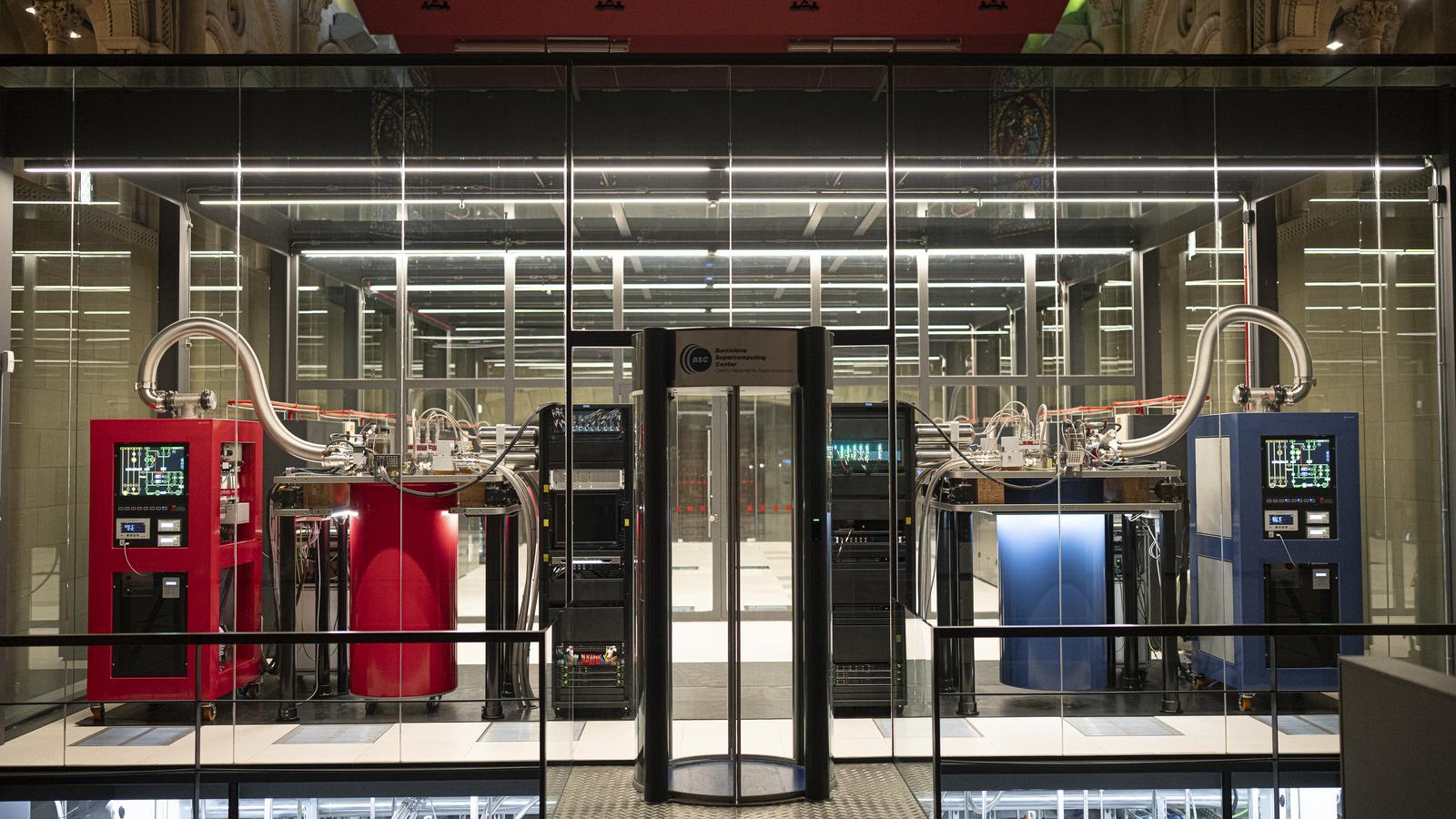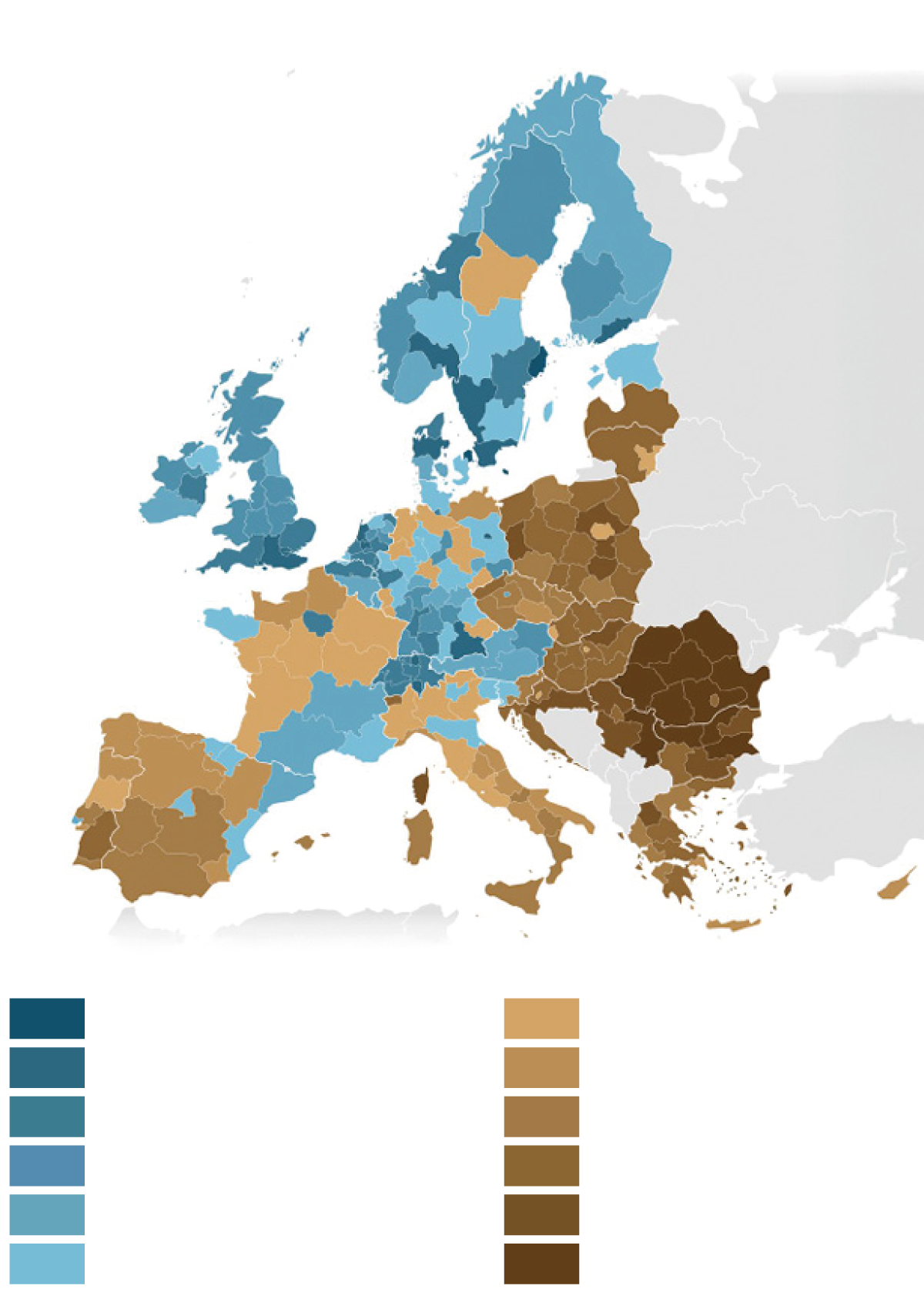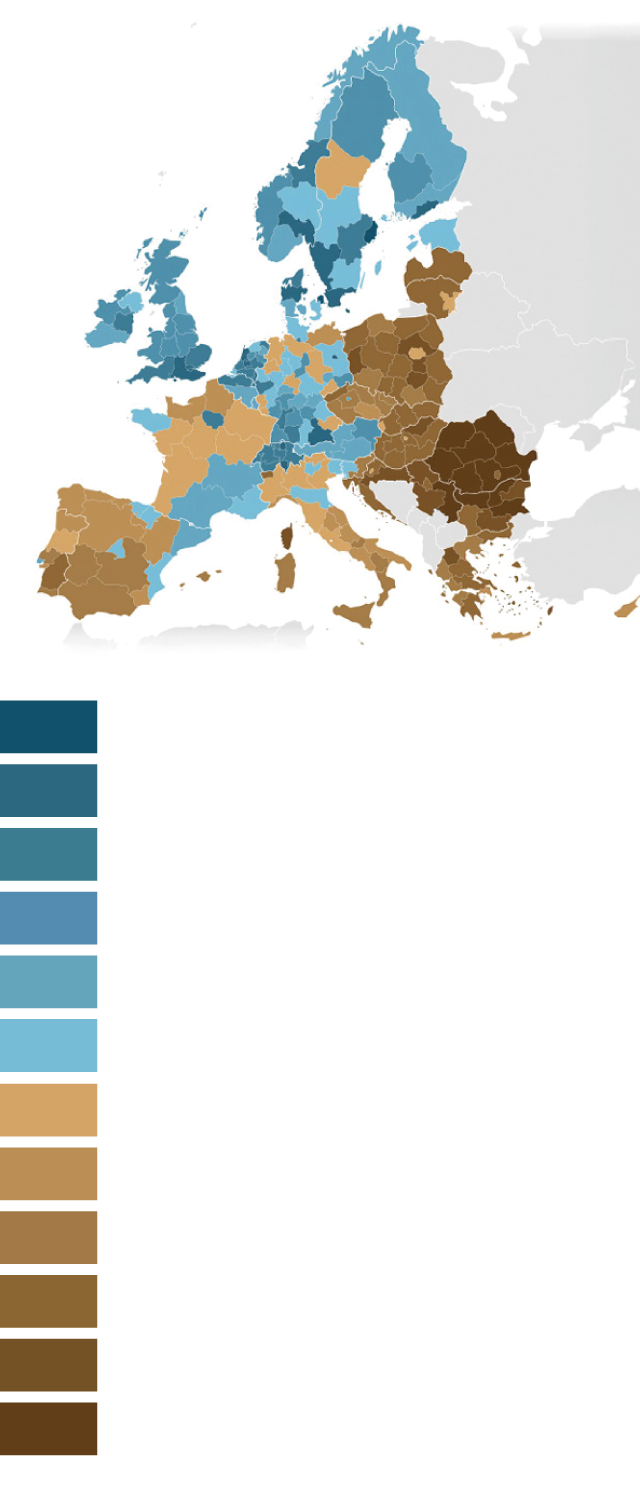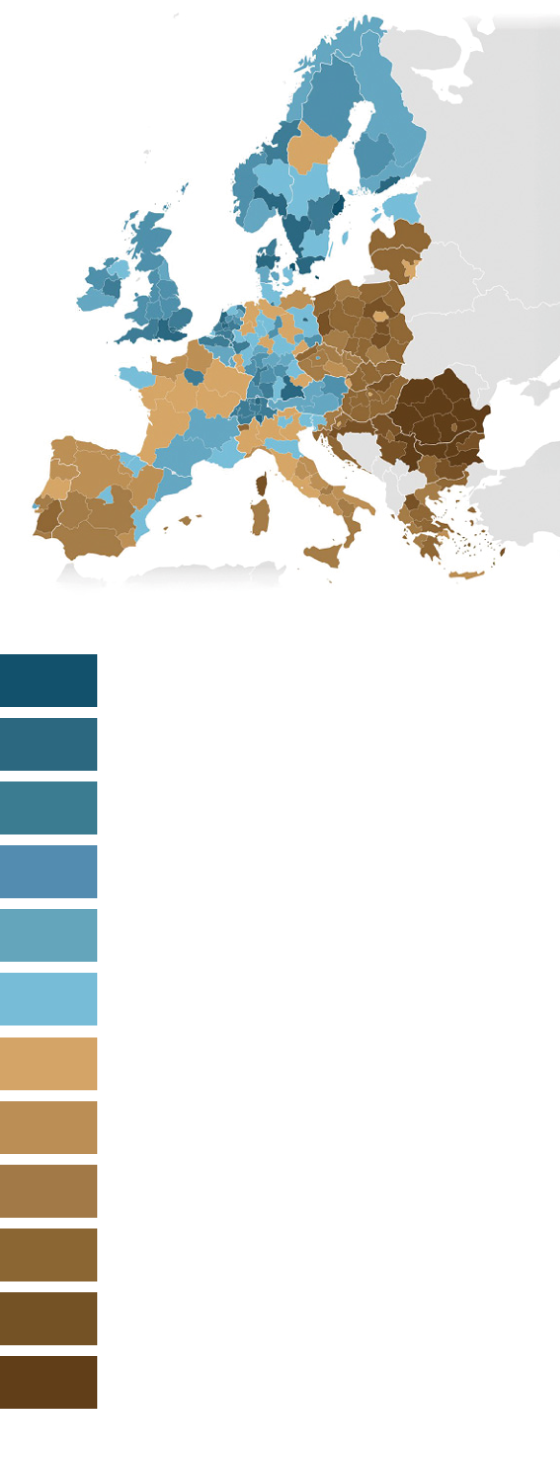Catalonia is gaining momentum among the most innovative countries in Europe.
The European Commission places the Principality in 72nd position in a ranking of 241 regions.

BarcelonaCatalonia continues to take steps to become one of the fifty most innovative European regions before 2030. According to the Regional Innovation Scoreboard, the tool that compares the research, development, and innovation (R&D&I) performance of 241 regions, Catalonia maintains its status as a highly innovative region and, furthermore, climbs ten places, moving from 82nd to 72nd in the ranking in just two years. This position consolidates the country's role as a technology transfer hub, connecting science with companies to bring their knowledge to market.
The biannual report particularly highlights Catalonia's strengths in indicators such as higher education, registered trademarks, international scientific co-publications, and the capacity to introduce innovations to the market. In fact, in the European context, the fifty regions with the best results are concentrated in the north and west of the continent, with Catalonia emerging as one of the few notable exceptions in the south.
"This is very good news that confirms that we are making steady progress towards our goal: to place Catalonia among the fifty most innovative regions by 2030. This has been the mission of the department's term of office from day one," said the Minister for Research and Universities, Núria Montserrat.
Regional Innovation Scoreboard, prepared by the European Commission, evaluates 21 indicators grouped into five broad areas: system conditions, investment, innovation activities, collaboration, and impact. The classification establishes four categories. There are the innovation leaders, which are Stockholm, Hovedstaden (both in Sweden), London, Zurich, and Oberbayern (Germany), followed by strong innovators, such as Catalonia, and moderate and emerging innovators.
At the state level, Catalonia also remains the best-performing region (110 points), ahead of the Basque Country (108), Madrid (106), Navarre (103), and the Valencian Community (101), which have also been recognized as strongly innovative in a landscape mostly composed of moderately innovative regions. In fact, these five communities exceed both the European average and that of the country as a whole. "This evolution shows gradual progress towards reducing the innovation gap between north and south," the report states.
AI, chips, and semiconductors
According to Montserrat, this European recognition is not a coincidence, but rather the result of specific initiatives and projects that catapult Catalonia into a leading player in the European Union's bid to gain technological sovereignty in various areas. For example, the creation in Barcelona of one of the first European artificial intelligence (AI) factories, led by the Barcelona Supercomputing Center (BSC-CNS), with a total investment of €198 million to democratize access to AI and accelerate its adoption by businesses, public institutions, and society.
The regional minister also highlighted the "innovative trident": the Innofab center, a key scientific and technological infrastructure and the first plant dedicated to manufacturing and testing new microchip prototypes; the DARE project, for the development of high-performance chips (HPC) and artificial intelligence (AI); and the PIXEurope project, coordinated by the Institute of Photonic Sciences (ICFO), for the creation of more efficient and compact photonic integrated circuits and advanced semiconductor systems.



